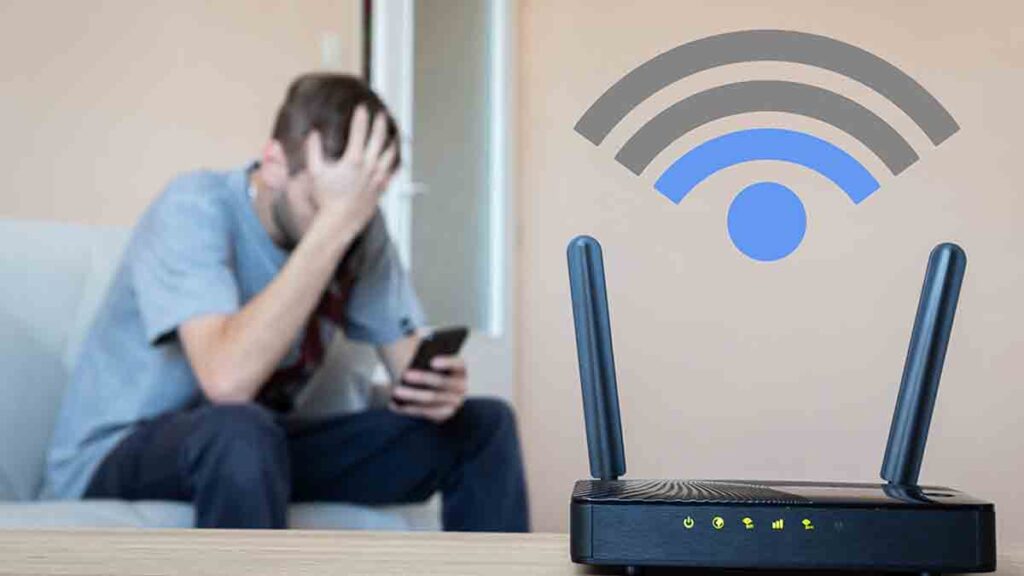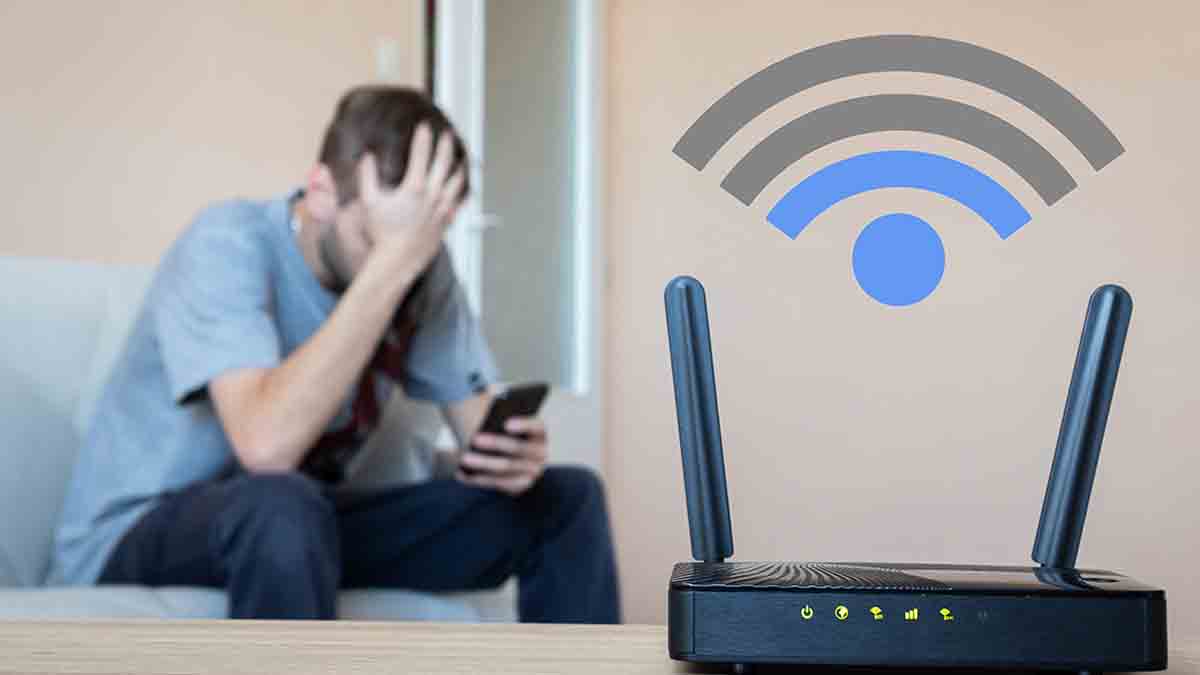
A slow Wi-Fi connection can be incredibly frustrating, especially in today’s digital age where we rely heavily on the internet for work, entertainment, and communication. However, there are several effective ways to boost your Wi-Fi router speed and enhance your overall browsing experience. In this article, we will explore 12 practical tips to improve the speed of your Wi-Fi connection.
- Optimize router placement: Ensure that your Wi-Fi router is positioned in a central location, away from walls and obstructions. Placing it higher up, such as on a shelf, can also help improve signal distribution throughout your home.
- Update router firmware: Regularly check for firmware updates from your router manufacturer. New firmware versions often include performance improvements and bug fixes that can enhance the speed and stability of your Wi-Fi connection.
- Secure your network: Enable password protection and utilize WPA2 or WPA3 encryption to prevent unauthorized access. This ensures that others are not siphoning off your bandwidth, which can significantly impact your Wi-Fi speed.
- Reduce interference: Keep your router away from other electronic devices that can cause interference, such as cordless phones, microwave ovens, and baby monitors. Additionally, neighboring Wi-Fi networks can also cause interference, so choose a channel with less congestion using the router’s administration settings.
- Upgrade your router: If your router is outdated, consider upgrading to a newer model that supports the latest Wi-Fi standards (such as 802.11ac or 802.11ax). These routers often offer improved speed and better coverage, resulting in a faster and more reliable connection.
- Use a wired connection: For devices that require a high-speed and stable connection, such as gaming consoles or desktop computers, consider using an Ethernet cable to connect them directly to the router. Wired connections typically provide faster speeds compared to wireless connections.
- Adjust the router’s antenna: Some routers have adjustable antennas that allow you to fine-tune the signal direction. Experiment with different angles to optimize the signal strength and coverage in your desired areas.
- Limit bandwidth-consuming devices: Identify bandwidth-hungry devices on your network, such as streaming devices or file-sharing applications, and limit their usage during peak hours. This helps ensure that other devices receive sufficient bandwidth for optimal performance.
- Use a Wi-Fi range extender or mesh network: If you have areas in your home with weak Wi-Fi signals, consider using a Wi-Fi range extender or setting up a mesh network. These solutions amplify and distribute the Wi-Fi signal, eliminating dead zones and improving overall coverage and speed.
- Enable Quality of Service (QoS): Most modern routers come with QoS settings that allow you to prioritize certain applications or devices. By allocating more bandwidth to essential tasks, such as video conferencing or online gaming, you can ensure a smoother experience for these activities.
- Clear cache and cookies: Regularly clearing the cache and cookies on your devices can help improve their overall performance, including Wi-Fi speeds. These temporary files can accumulate over time and impact the device’s efficiency when connecting to the network.
- Upgrade your internet plan: If you’ve exhausted all the options to improve your Wi-Fi router speed, it might be worth considering upgrading your internet plan with your service provider. A higher bandwidth plan can offer faster download and upload speeds, improving your overall Wi-Fi experience.
Conclusion: By following these 12 tips, you can significantly improve the speed and reliability of your Wi-Fi connection. Remember to optimize router placement, update firmware, secure your network, and minimize interference. Additionally, upgrading your router, Technology using wired connections when possible, and employing range extenders or mesh networks can also boost your Wi-Fi performance. By taking these





